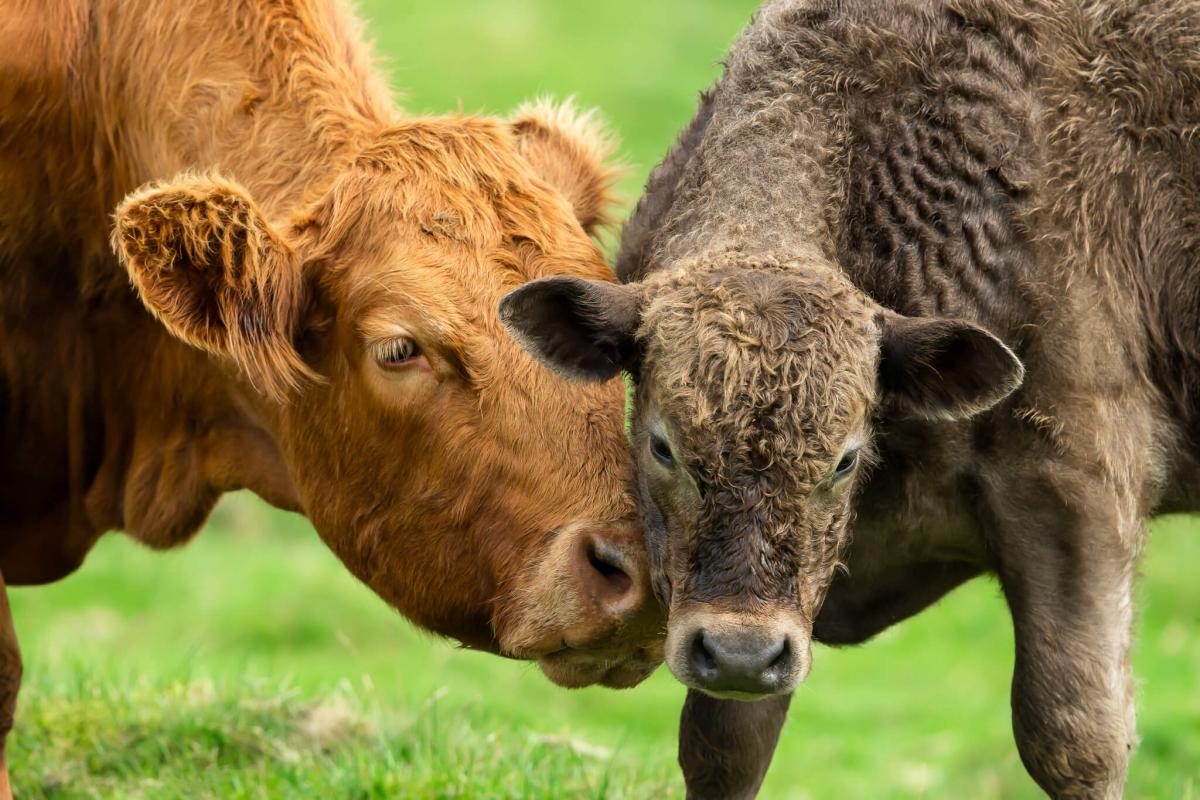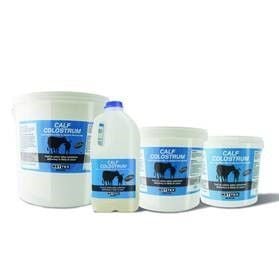
Calving season is one of the most critical periods in the farming calendar, shaping herd productivity, future yields, and ultimately the farm’s bottom line. While it’s a time of great anticipation, it also presents some of the toughest challenges a farmer will face in the year. From unpredictable weather to complex birthing difficulties, preparation and informed decision-making can make the difference between a smooth season and one fraught with setbacks. Here, we explore the most pressing calving challenges and how to tackle them with confidence.
1. Dystocia and Difficult Births
The challenge: Dystocia, known as difficult or prolonged labour, is a leading cause of calf losses and cow injuries. Causes range from calf malpresentation to an oversized calf or a narrow birth canal. Each case demands quick and accurate intervention, but poorly managed assistance can do more harm than good.
The solution: Prevention begins with careful sire selection to minimise calving difficulty, particularly for heifers. Close observation in the weeks leading up to calving is essential, with clear protocols for when to intervene and when to call a vet. Equipping the calving area with the right tools like calving jacks, ropes, and disinfectants ensures readiness for emergencies. Training staff to recognise early signs of distress and follow a step-by-step approach reduces the risk of injury and increases survival rates for both cow and calf.
2. Calf Mortality and Weak Neonates
The challenge: The first 24 hours of life are crucial. Calves that are slow to stand or struggle to nurse are at heightened risk of death due to hypothermia, malnutrition, or infection. The urgency is compounded in cold or wet conditions, where energy loss is rapid.
The solution: Immediate colostrum intake is non-negotiable as calves require high-quality colostrum within the first two hours to ensure adequate antibody transfer. Farmers should measure colostrum quality with a refractometer and store frozen reserves for emergencies. Providing clean, dry, and draught-free housing is essential, and calf coats can offer extra protection during cold snaps. Regular monitoring and swift action when a calf appears weak can make the difference between recovery and loss.
3. Post-Calving Health Issues in Cows
The challenge: Retained placentas, milk fever, and uterine infections can set back a cow’s recovery, impact milk yield, and delay rebreeding. Stress during calving, poor nutrition, and inadequate mineral supplementation are often contributing factors.
The solution: Nutritional management in the run-up to calving is paramount. Balanced rations rich in trace minerals, alongside correct body condition scoring, lay the groundwork for a trouble-free recovery. Post-calving, prompt removal of soiled bedding, regular health checks, and early veterinary intervention for abnormal discharges or lack of appetite help keep cows on track. Recording cases and reviewing management can identify patterns and inform improvements for the next season.
4. Biosecurity and Disease Control
The challenge: Diseases such as calf scours and pneumonia can sweep through groups rapidly, especially when hygiene standards slip under pressure. These illnesses not only harm calf welfare but also leave long-term performance deficits.
The solution: A proactive vaccination plan, developed in partnership with a vet, should be in place before calving starts. Strict hygiene protocols, including regular disinfection of calving pens, feeding equipment, and clothing, reduce pathogen load. Separating sick animals immediately and maintaining adequate space per calf lowers transmission risk. Disease monitoring and quick isolation are critical, as is training all staff to follow the same preventative routines.
5. Labour and Time Management
The challenge: Calving season is relentless. Long hours, night checks, and the unpredictability of births can lead to exhaustion, mistakes, and overlooked issues. This is especially challenging for smaller teams or farms balancing other enterprises.
The solution: Detailed planning before calving starts is essential for mapping out staffing schedules, assign responsibilities, and ensure every team member knows the signs of trouble and the protocols to follow. Technology, such as calving cameras or activity monitors, can reduce the need for constant physical presence while still ensuring timely intervention. Prioritising rest and shift rotations protects not only farmer wellbeing but also the quality of care provided.
Turning Challenges into Opportunities
Calving season will always bring pressures, but it also presents a prime opportunity to raise the bar in herd management. By combining sound preparation, robust protocols, and a commitment to continual improvement, farmers can minimise losses, protect animal welfare, and set the stage for a productive year ahead. Leadership in farming is not about avoiding challenges, it’s about meeting them head-on, informed, prepared, and ready to adapt.

